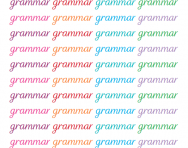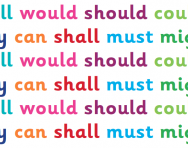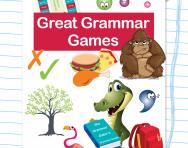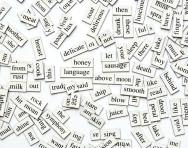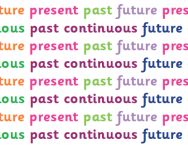What is the subjunctive?
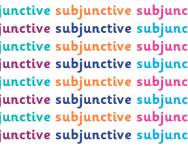
What is the subjunctive?
The subjunctive is a verb form or mood used to express things that could or should happen. It is used to express wishes, hopes, commands, demands or suggestions. For example: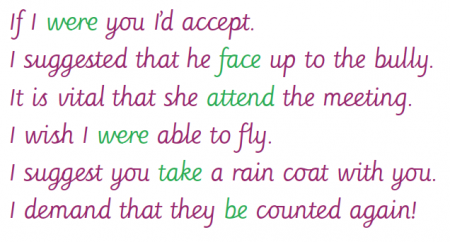
The subjunctive is the same as the (indicative) verbs we use in almost every case, but it is different in the third person singular and when using the verb to be. For the subjunctive we remove the final s at the end of the verb, so
I request that he write to her (instead of he writes to her)
and in the subjunctive we use the forms I were and they be, so
I wish I were able to fly (instead of I was)
She asked that they be told immediately (instead of they were told).
The subjunctive isn't used in English very often. Nowadays it is usually replaced by modal verbs like might, could or should, but it does survive in traditional expressions like 'come what may', 'perish the thought' or 'God save the Queen'.
What are children taught about the subjunctive at primary school?
Children are not taught the subjunctive until Year 6. In order to be able to recognise it they might look at a list of verbs and expressions that use the subjunctive, for example:
- to advise
- to ask
- to demand
- to insist
- to recommend
- to suggest
- It is best
- It is important
- It is vital
- It is a good / bad idea
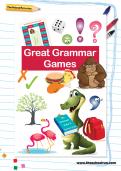
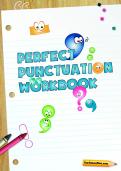
Download Fantastic FREE Grammar Resources!
- Perfect Punctuation Workbook
- Great Grammar Games Pack
- PLUS 100s of other grammar resources
What subjunctive questions might children be asked in the KS2 SPAG test?
The subjunctive may appear in the Year 6 Grammar, Punctuation and Spelling test. For example, with a question similar to the following:
Answer: were
How will the subjunctive be taught in the classroom?
Teachers might help children to learn about the subjunctive in the following ways:
- Asking them to underline sentences containing the subjunctive in a text.
- Asking them to write sentences based on a particular situation, for example: Write a sentence, using the subjunctive, that expresses what you want to have for lunch.
- Giving them various sentences in the present and future tense and asking them to convert them to the subjunctive.

Give your child a headstart
- FREE articles & expert information
- FREE resources & activities
- FREE homework help

